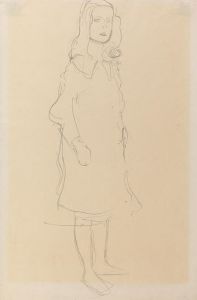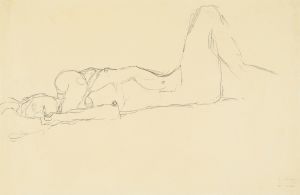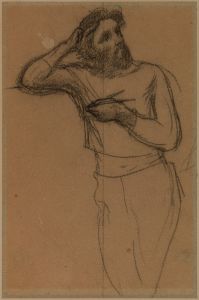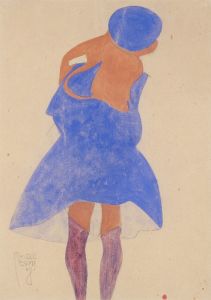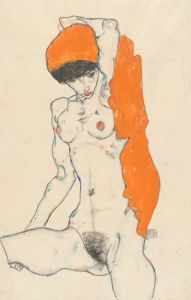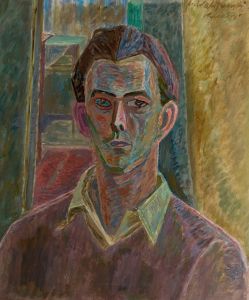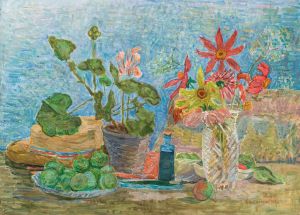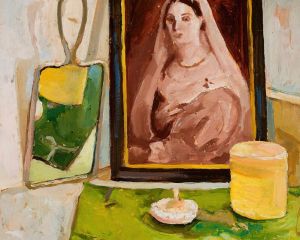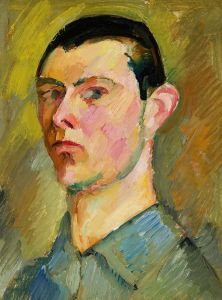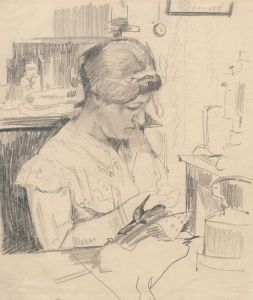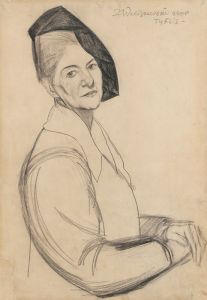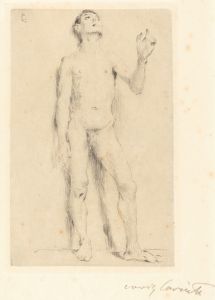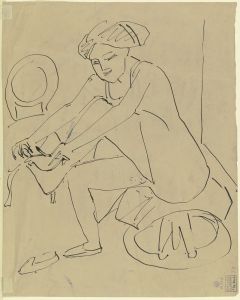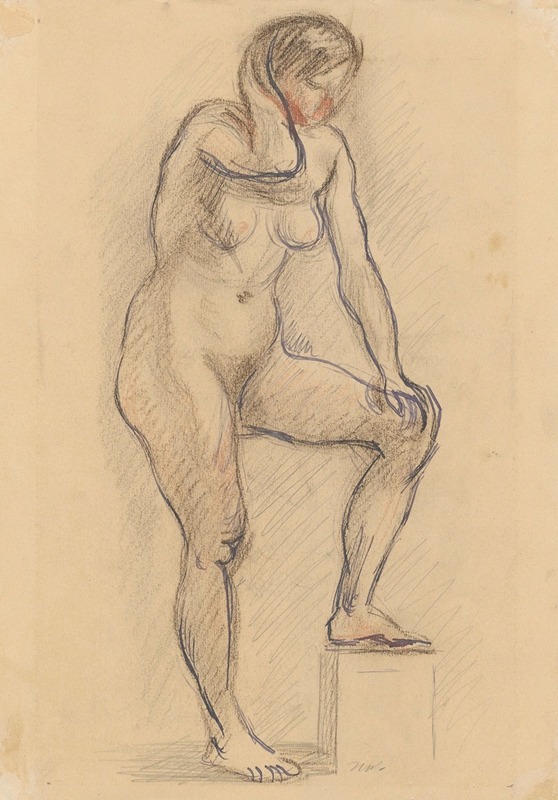
Standing nude
A hand-painted replica of Zygmunt Waliszewski’s masterpiece Standing nude, meticulously crafted by professional artists to capture the true essence of the original. Each piece is created with museum-quality canvas and rare mineral pigments, carefully painted by experienced artists with delicate brushstrokes and rich, layered colors to perfectly recreate the texture of the original artwork. Unlike machine-printed reproductions, this hand-painted version brings the painting to life, infused with the artist’s emotions and skill in every stroke. Whether for personal collection or home decoration, it instantly elevates the artistic atmosphere of any space.
Zygmunt Waliszewski was a prominent Polish painter known for his contributions to the art scene in the early 20th century. Born in 1897 in Saint Petersburg, Russia, Waliszewski later moved to Poland, where he became an influential figure in the Polish avant-garde movement. His work often reflected a blend of modernist styles, drawing inspiration from both Polish folk art and European modernism.
One of Waliszewski's notable works is "Standing Nude," a painting that exemplifies his skill in capturing the human form with a modernist approach. Although specific details about the painting's creation date and current location are not widely documented, it is recognized as part of his broader oeuvre that explores the human figure through a unique lens.
"Standing Nude" showcases Waliszewski's ability to merge traditional techniques with modernist aesthetics. The painting likely features a simplified yet expressive depiction of the human body, a common theme in his work. Waliszewski was known for his use of bold colors and dynamic compositions, which are likely present in this piece. His approach often involved a departure from realistic representation, favoring instead a more abstract or stylized form that emphasized the emotional and expressive potential of the subject.
Waliszewski's work, including "Standing Nude," is often associated with the École de Paris, a group of artists in the early 20th century who were based in Paris and known for their diverse and innovative approaches to art. This connection highlights his engagement with international art movements and his contribution to the cross-cultural exchange of artistic ideas.
Throughout his career, Waliszewski was influenced by various art movements, including Post-Impressionism and Fauvism, which likely informed his approach to color and form in "Standing Nude." His paintings often reflect a vibrant palette and a sense of movement, characteristics that align with these movements' emphasis on color and expressive brushwork.
Waliszewski's exploration of the nude form can also be seen as part of a broader tradition in art history, where the human body is a central subject for artistic exploration. His interpretation, however, is distinct in its modernist sensibility, which seeks to capture not just the physical appearance but also the underlying emotion and vitality of the subject.
Despite the lack of extensive documentation on "Standing Nude," Waliszewski's work remains significant in the context of Polish art history. His contributions helped shape the development of modern art in Poland, and his paintings continue to be studied and appreciated for their innovative approach and artistic merit.
In summary, "Standing Nude" by Zygmunt Waliszewski is a testament to the artist's skill in blending traditional and modernist elements to create a compelling representation of the human form. While specific details about the painting may be limited, its significance lies in its reflection of Waliszewski's broader artistic vision and his role in the evolution of 20th-century Polish art.





